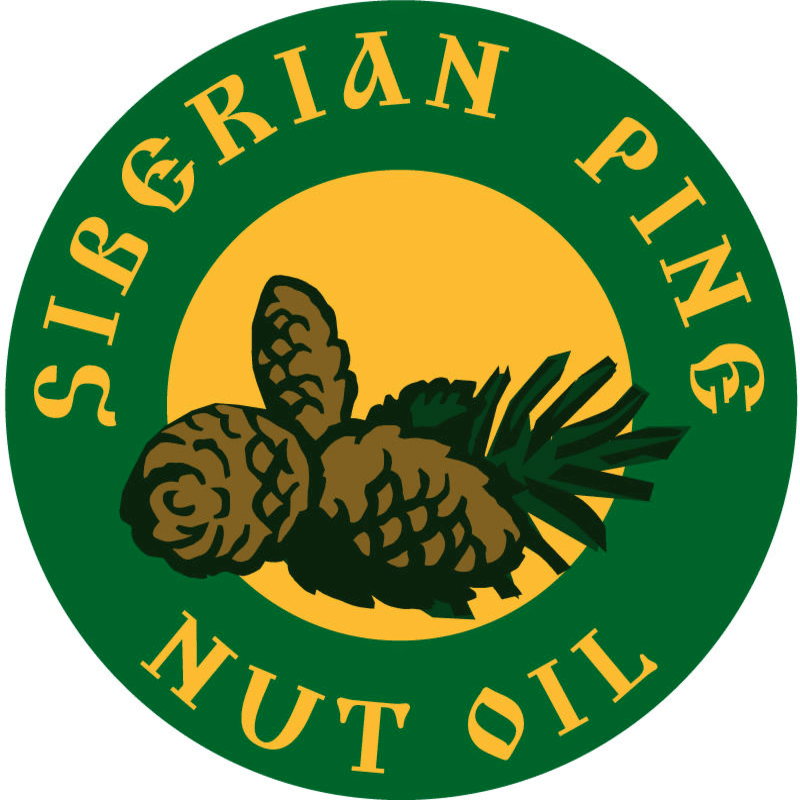Pine nut oil in cosmetology: how to use

Pine nut oil is an effective cosmetic product that can be used both independently and as part of home cosmetics. When taken internally, pine nut oil provides the body with nutrients that promote healthy hair, skin, and nails. External use of pine nut oil can solve many problems: from dry skin, brittle nails, and dandruff, to hair loss and psoriasis.
Pine nut oil for hair
Pine nut oil contains nutrients that fight micro-inflammation of the scalp. Inflammatory reactions disrupt the nutrition of the hair and knock down the growth cycle of the hair follicles, so the use of pine nut nut oil ensures the correct cycle of hair growth and prevents hair loss. Antioxidant vitamins A and E in the composition of the oil supports the body in the fight against oxidative stress, and fatty acids nourish the hair and make it shiny and smooth. In addition, vitamin A normalizes the sebaceous glands, thereby preventing dandruff, and zinc improves hair growth and makes hair stronger.[1]
You can add pine oil to your shampoo or hair mask, or make your own mask. For this you will need:
- 2 teaspoons pine nut oil
- Raw egg yolk
- 1 teaspoon honey
- 1 tablespoon white yogurt
Carefully mix all the ingredients, apply to the hair with massage movements. Leave on for 10-15 minutes, then rinse with room temperature water.
You can also make a hair mask by mixing pine nut oil and essential oils that are good for hair – we recommend adding 1-2 drops each of cinnamon and rosemary oil.
Pine nut oil for skin
Pine nut oil is a powerful antioxidant. This means that it promotes the removal of toxins and free radicals, thereby prolonging youth. Being full of vitamins and minerals, Pine nut oil also nourishes skin. In addition, pine nut oil:
- Restores the natural protective barrier that prevents the penetration of toxins.
- Maintains the acid-base balance of the skin.
- Softens the skin and moisturizes it.
- Normalizes the work of the sebaceous glands. Due to this property, the oil is effective in the fight against acne.
- Contains substances involved in the synthesis of collagen – for example, zinc. Collagen is responsible for the elasticity and tone of the skin.
- Contains linoleic and linolenic acid. These substances are extremely beneficial for the skin, and are part of many cosmetics.
There are several ways to use pine nut oil for skin. First, you can add 4-5 drops of oil to your face cream. Secondly, you can wipe problem areas of the skin with a cotton swab dipped in pine nut oil. And finally, we advise you to try making a face mask. You will need:
- starch (about 15 gr.)
- lemon balm essential oil (4-5 drops)
- pine nut oil (up to 15 drops).
Carefully mix all the ingredients, leave them to infuse for 15 minutes. Apply the mask on a previously cleansed face and leave for 20 minutes.
Pine nut oil for nails
The reason for the poor condition of the nails is always a deficiency of certain nutrients. For example, an uneven surface or white spots on the nail are signs of a deficiency of vitamins A, E, and calcium. Thin and brittle nails are a vitamin B deficiency. Slow growth is a deficiency of zinc, vitamin PP, and omega-3 fatty acids. All these substances are contained in pine nut oil.
To achieve a positive effect, you can rub the oil into the nail plates daily with massage movements or add a few drops of the oil to your hand cream. In addition, there are proven recipes for hand baths with pine nut oil. You only need a teaspoon of the oil and an infusion of chamomile or mint (room temperature). Dip your hands in a container of infusion and oil and wait 10 minutes or until the liquid cools.
It is always recommended to take Pine nut oil internally to improve the overall condition of your health, hair, skin and nails.
We wish you to stay beautiful and healthy at any age!
REFERENCES
[1] Almohanna HM, Ahmed AA, Tsatalis JP, Tosti A. The Role of Vitamins and Minerals in Hair Loss: A Review.
[2] Simard M, Tremblay A, Morin S, Martin C, Julien P, Fradette J, Flamand N, Pouliot R. α-Linolenic acid and linoleic acid modulate the lipidome and the skin barrier of a tissue-engineered skin model.
These articles come directly from researchers and are passed on to everybody. siberianpinenutoil.org assumes no liability for any content in these articles. For Educational purposes only. This information has not been evaluated by the Food and Drug Administration. This information is not intended to diagnose, treat, cure, or prevent any disease.

